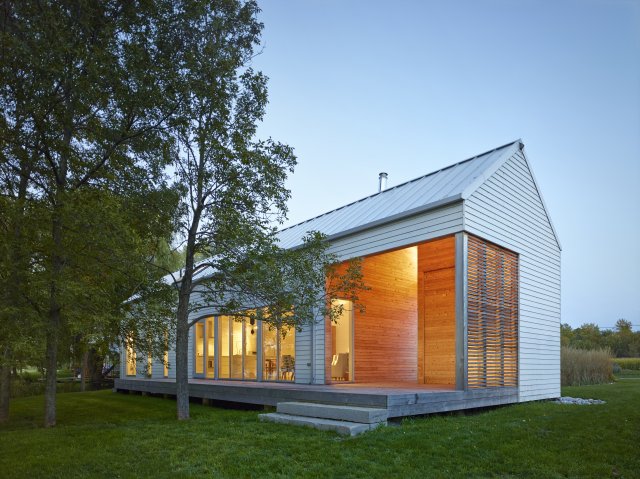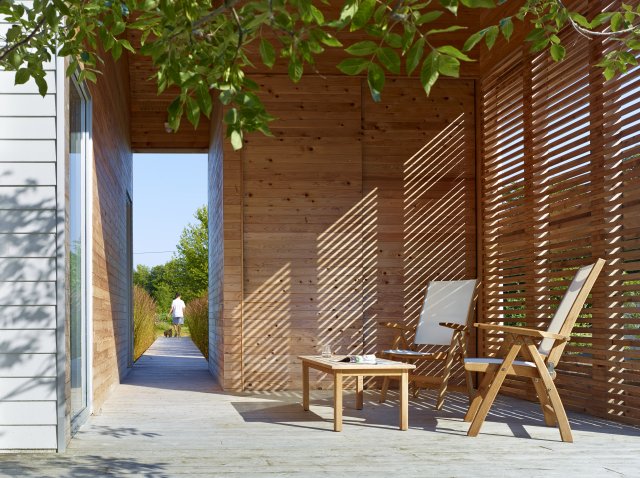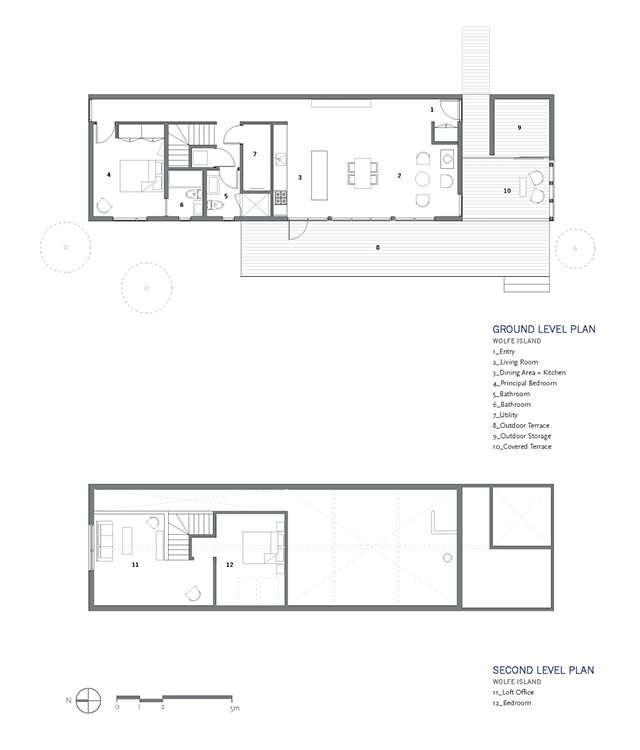Straddling the Canada-US border where the Saint Lawrence River emerges from Lake Ontario, the Thousands Islands is an ecologically and historically significant archipelago consisting of 1,864 islands (two thirds of them in Ontario). Recognized for their unique biodiversity and natural beauty, the archipelago contains Canada’s oldest national park east of the Rockies –
Thousand Islands National Park – and is part of the Thousand Islands-Frontenac Arch UNESCO World Biosphere Reserve.
With its stunning beauty and proximity to large urban centres - including New York City, Philadelphia, Toronto and Montreal - it is no surprise that the archipelago has long sustained a significant summer tourism industry dating back to the 1850’s when luxurious grand hotels and steamboat tours characterized this popular bi-national vacation destination. This early tourism industry reached its peak in the early 1900’s when wealthy city dwellers built elaborate vacation homes – locally known as “castles” – on many of the archipelago’s islands. Among the most significant examples are Dark Island Castle, designed in 1903 by American architect Ernest Flagg as the summer residence for Frederick Gilbert Bourne, president of the Singer Manufacturing Company, and Boldt Castle, designed in 1900 by U.S. architectural practice G.W. & W.D. Hewitt as the summer mansion of George Boldt, general manager of the Waldorf-Astoria Hotel in New York City.

c. 1920's postcard depicting Boldt Castle, one of the most significant example of early 1900's summer home architecture in the Thousand Islands archipelago.
Summer homes continue to be an important part of the Thousand Islands’ cultural landscape, with modern cottages continuing the century-old recreational tradition of the castles. Built on Wolfe Island, the largest island in the archipelago, the
Reed’s Bay House, designed by Toronto-based architectural practice
superkül, is a superb example of the region’s newest generation of cottages. Unlike its older, more exuberant predecessors, the Reed’s Bay House is an exercise in restraint and simplicity – a modern residence attuned to contemporary economic, aesthetic and ecological sensibilities.

Photo Credit: Shai Gil
This simple year-round residence for a professional couple is modelled after the vernacular long barn, its simple form cut into to provide sheltered outdoor space while simultaneously capitalizing on the enjoyment of the expansive Lake Ontario views. The resulting void enables discreet entry from the covered terrace at the side of the house while providing seductive passage directly through the iconic shed form and down a perpendicular boardwalk. Edged with tall reed grasses, the 54-foot-long boardwalk provides a transitionary sense of arrival and departure, leading to the road and offering views toward fertile fields of corn, hay and soybeans.

Photo Credit: Shai Gil
Designed with pared-down elegance and economy in mind, the owners undertook some of the construction themselves. Simple volumetric forms interlock to provide a spatially generous home on a small footprint. The house turns its back to the road, favouring the lake orientation. Its design is organized by a narrow double-height corridor along its eastern back edge, while living and sleeping quarters are located along southern and western edges facing the lake. With 10-foot-high glazed panels, these rooms are awash in natural light and enjoy privileged views of land and water. Upstairs, a loft contains a second bedroom and an open office; the steeply pitched roof imbues both spaces with an intimate and gently compressed spatial dynamic.

Photo Credit: Shai Gil
Operable skylights and windows admit additional daylight to penetrate virtually every room in the house while enabling passive ventilation to occur. Cedar boards painted white amplify the reflective light quality and pale austerity of the interior. Additionally, low-maintenance local grasses and plantings were used throughout the site to integrate with the local ecosystem and to reduce irrigation requirements.

This post is forms part of our blOAAg summer series "Cottages, Cabins, and Camps" exploring the architecture of one of Ontario's most beloved building types: the cottage. Check out the other posts in our series for more great cottages across the province!